Any links to online stores should be assumed to be affiliates. The company or PR agency provides all or most review samples. They have no control over my content, and I provide my honest opinion.
If you witnessed the SpaceX Dragon cargo ship arrive at the International Space Station in the morning of Wednesday, Aug 16, you would think that space travel will soon be very common. Only the normal types of supplies and experiments were involved in the latest payload, while some ice cream was also sent to the orbiting crew at the lab.
They were congratulated by Andreas Morgenson of the European Space Agency. He radioed them from the Houston based NASA’s Mission Control informing them that they deserve an unusual treat for an unusually well done job.
This brings the number of air flights that SpaceX has accomplished in their Commercial Resupply Service contract with NASA to 12. They expect to do 8 more commercial launches. With the successes it has been recording, the young space tech firm has encouraged some other smaller firms to turn their attention to the space race.
One of the young space firms that are sponsored by Max Polyakov is Firefly Aerospace. Their job is to develop cheap and effective solutions that will help people who cannot afford the huge orbital lifters to launch their satellites. The Falcon 9, produced by SpaceX can lift a payload of 22,000 kilograms to low earth orbit. Many people may love this. But people who want to shoot their microsatellites up there would see this as too big for them.
Many people are now involved in developing smaller satellites. These few-kilogram orbitals that are smaller, more affordable, and lighter, can perform the work that satellites of several tons did in the past. The weight of a microsatellite is between 10 – 100 kilograms and this is just the weight of a kid to that of a man. The smaller picosatellites have about less than a kilogram as weight. Some make use of several small satellites to achieve what the huge ones did in the past, defeating the need for the huge satellites for most of the applications.
Amidst this entire shift to smaller satellites, some developers, other than the Max Polyakov’s enterprise, have refused to accept it. SpaceX will be test running the Falcon 9 Heavy by 2017, and plans are underway to increase the capacity of the lifter, as it hopes to design the ITS launch vehicle with the same technology. The ITS launch vehicle can lift up to 550,000 kilogram payload to the orbit of the low earth.
The Russia based S7 Space Transportation Systems Company has also said that it would start launching from the Sea Launch floating platform again. This platform is only compatible with the Zenit-3SL, which can carry a payload of up to 6, 000 kilograms. This is bigger than the capacity of a microsatellite by 12 times.
As revealed by some of the people fighting for the $20-million Lunar X Prize, the smaller satellites sometimes are added to big rockets as secondary payloads to lift them. There is an agreement between the Israeli team named Space-IL and the SpaceX, to allow the Israeli firm to launch on one of their Falcon 9’s. But it seems that will not be feasible as the team may not be able to meet up with the March 31, 2018 extended date. For Max Polyakov, the entire scene will change when there are many platforms like Firefly that will give the smaller firms the chance to launch their small rockets on them.
The firm Firefly Space Systems went bankrupt in 2016. But through his firm named EOS Launcher, Max Polyakov bought their asset and technology and also brought back their CEO and leading staff, renaming the firm Firefly Aerospace. Max Polyakov, who manages Noosphere Ventures too, believes that in the same way they have gone into smaller rockets, their smaller but more skilled workforce will give them success. Their plan is to launch their first satellite into orbit by 2019.
Image Credit: Firefly Aerospace via Facebook
I am James, a UK-based tech enthusiast and the Editor and Owner of Mighty Gadget, which I’ve proudly run since 2007. Passionate about all things technology, my expertise spans from computers and networking to mobile, wearables, and smart home devices.
As a fitness fanatic who loves running and cycling, I also have a keen interest in fitness-related technology, and I take every opportunity to cover this niche on my blog. My diverse interests allow me to bring a unique perspective to tech blogging, merging lifestyle, fitness, and the latest tech trends.
In my academic pursuits, I earned a BSc in Information Systems Design from UCLAN, before advancing my learning with a Master’s Degree in Computing. This advanced study also included Cisco CCNA accreditation, further demonstrating my commitment to understanding and staying ahead of the technology curve.
I’m proud to share that Vuelio has consistently ranked Mighty Gadget as one of the top technology blogs in the UK. With my dedication to technology and drive to share my insights, I aim to continue providing my readers with engaging and informative content.


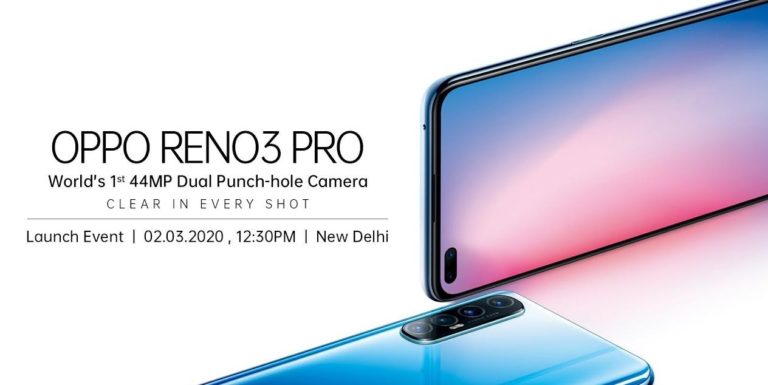
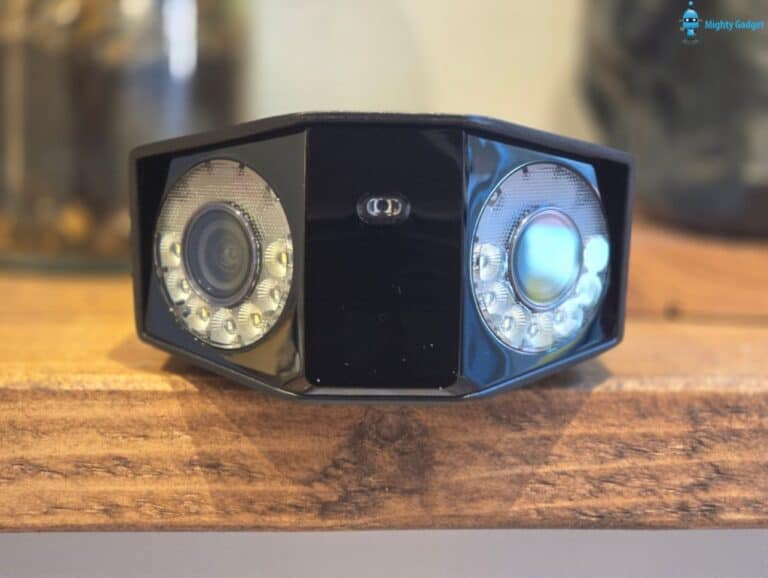
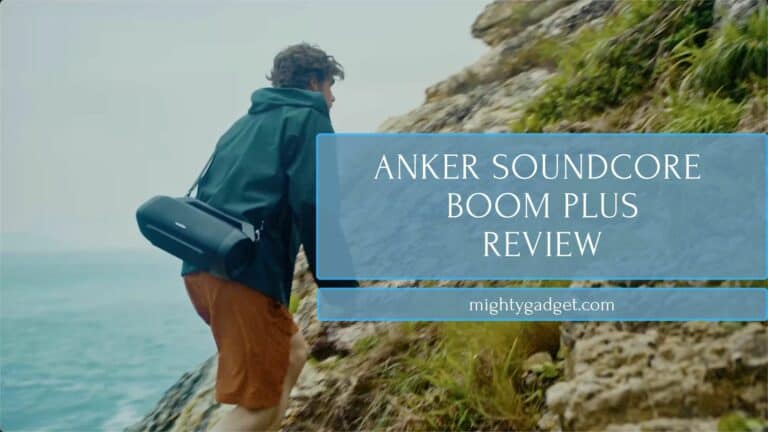
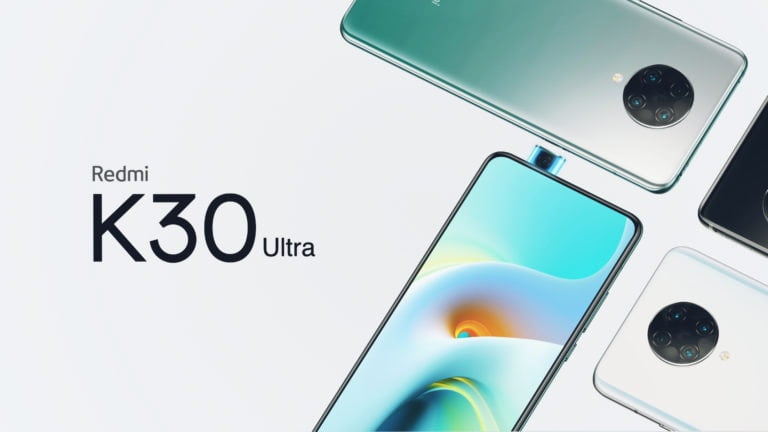
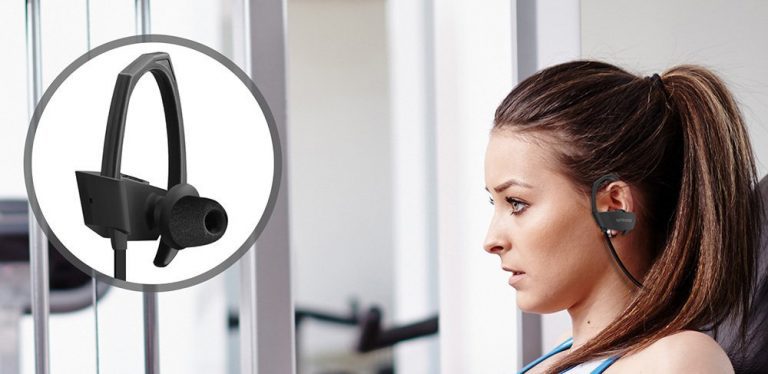
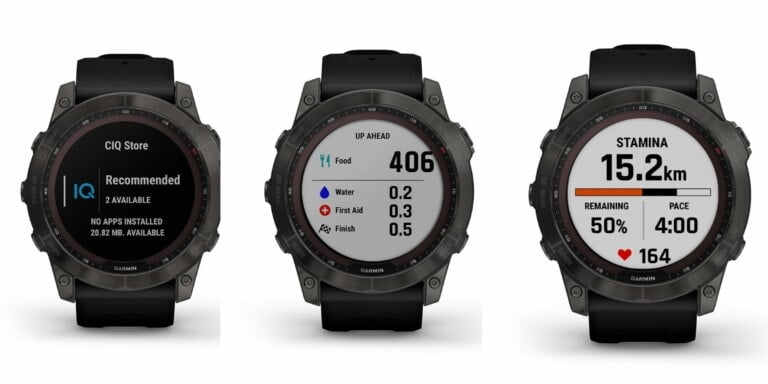
Thanks for sharing your blog